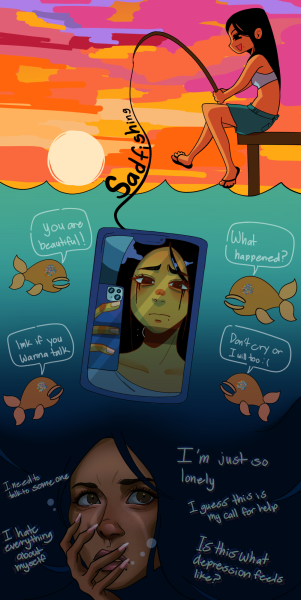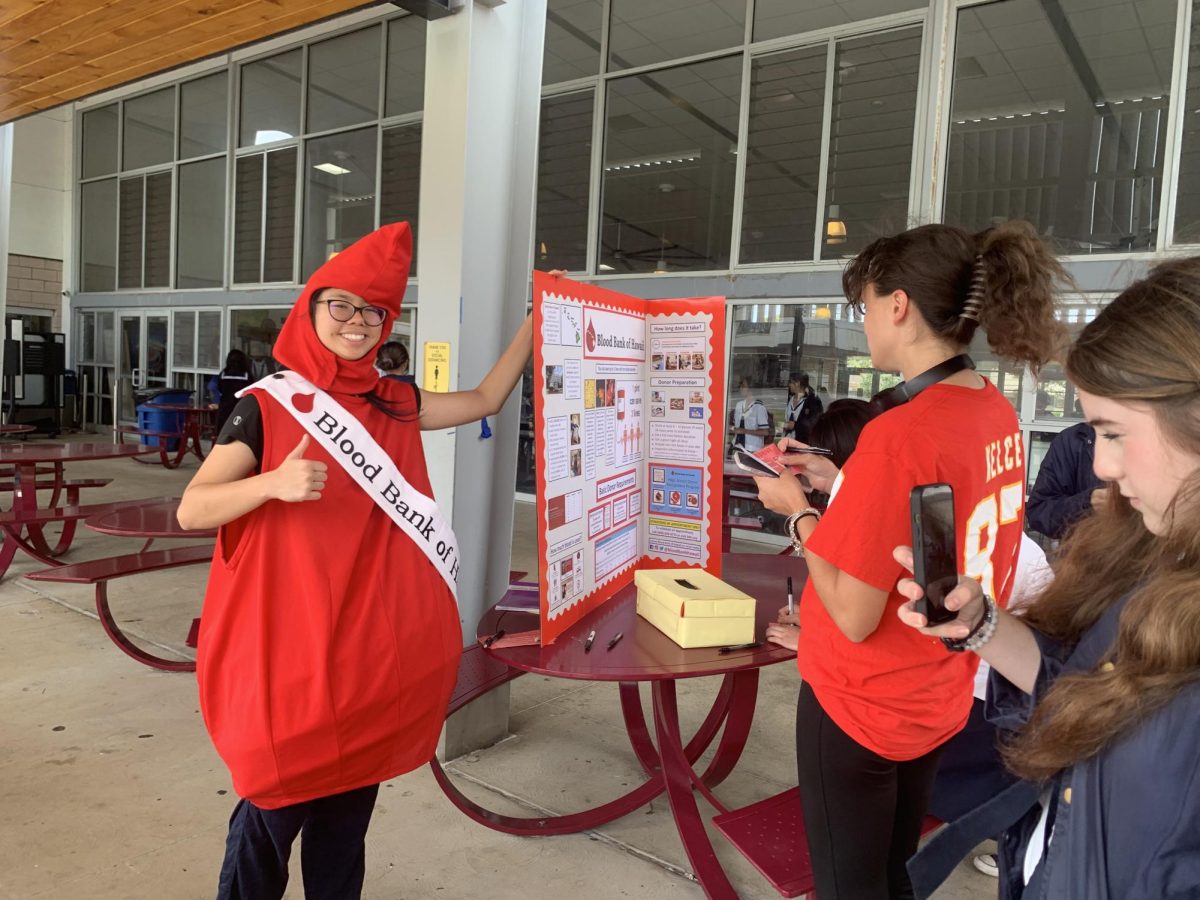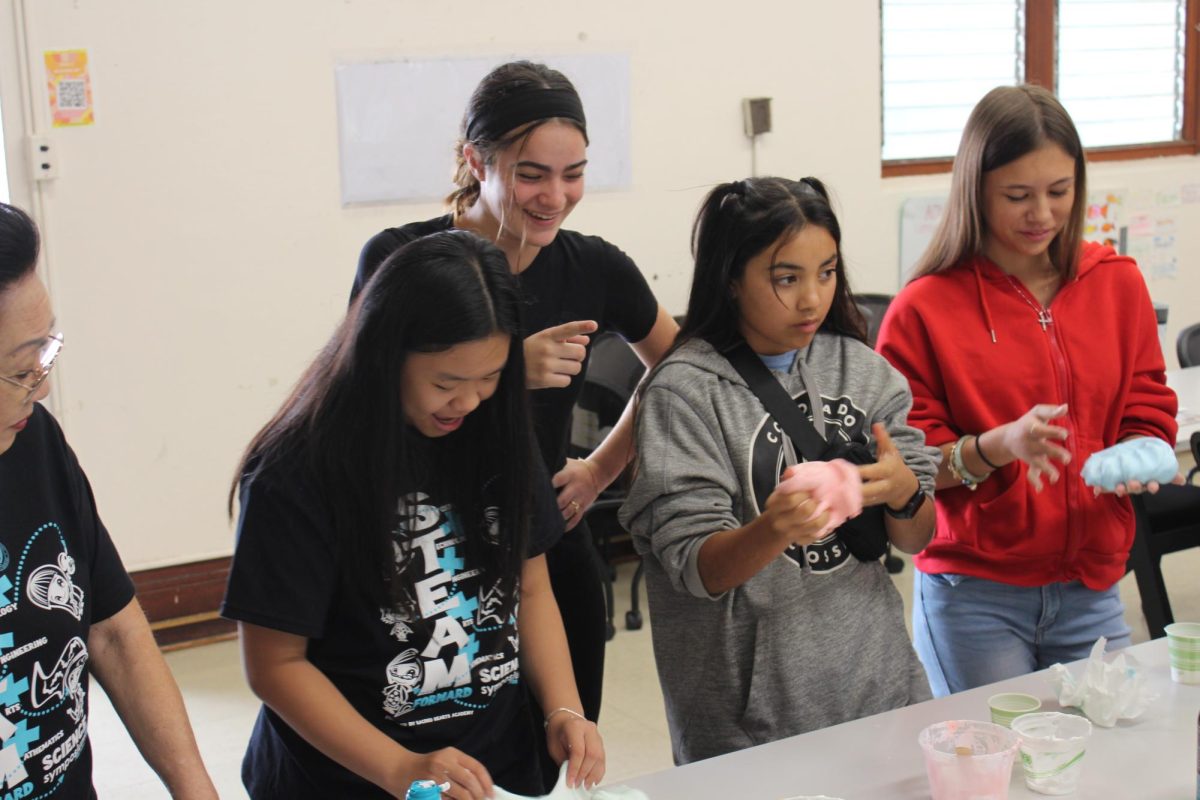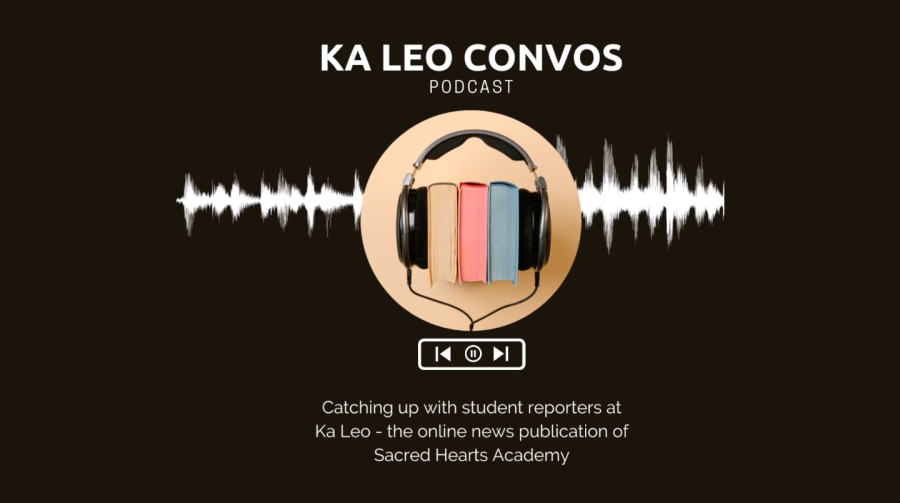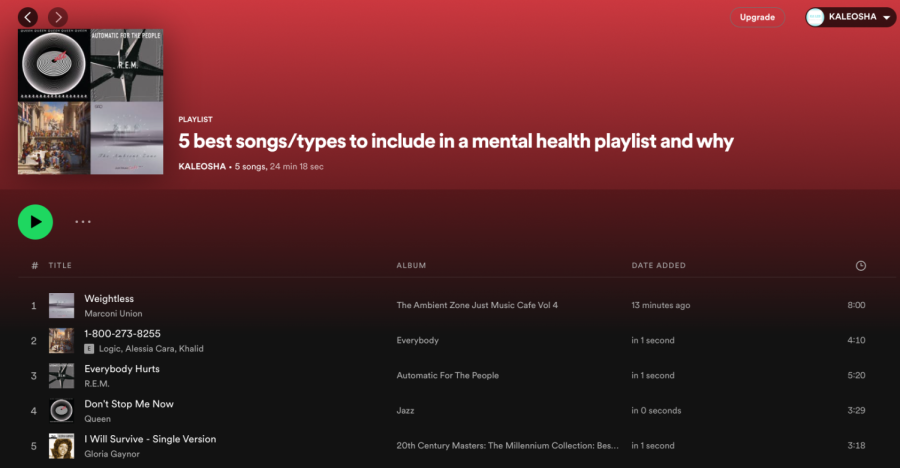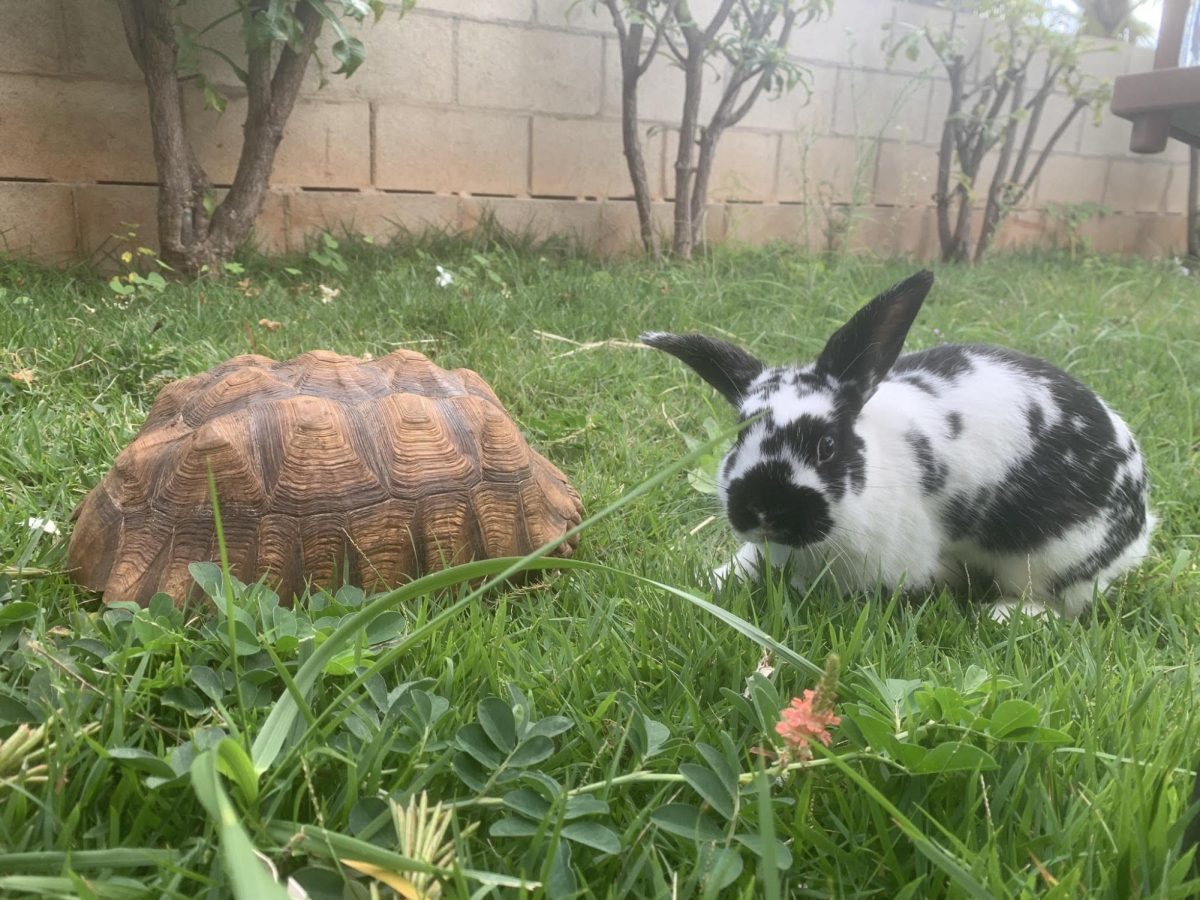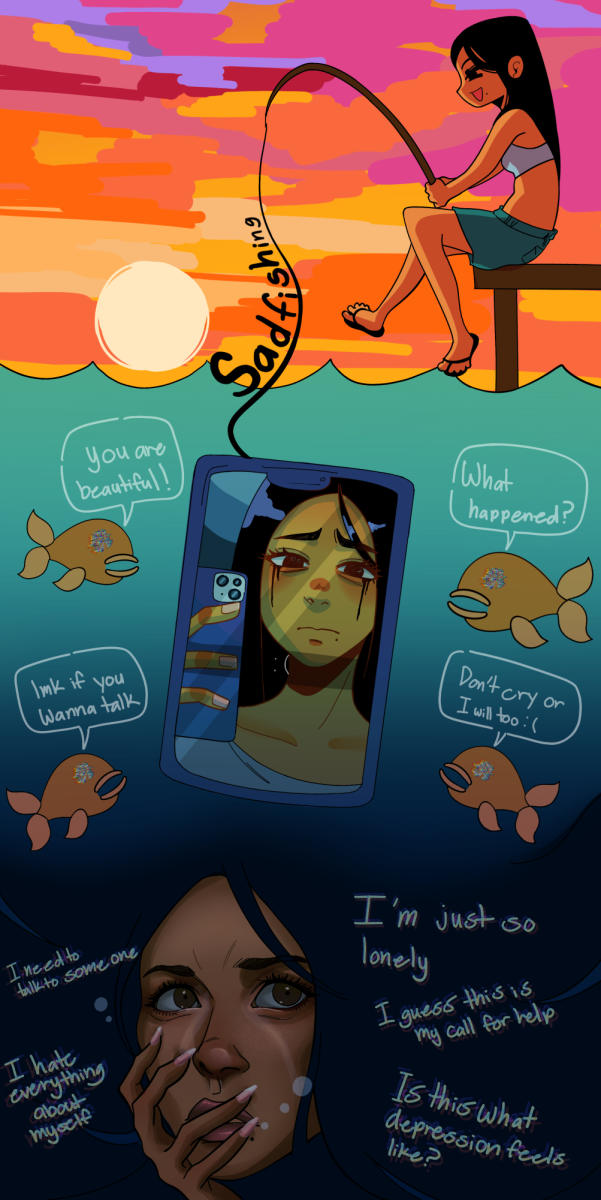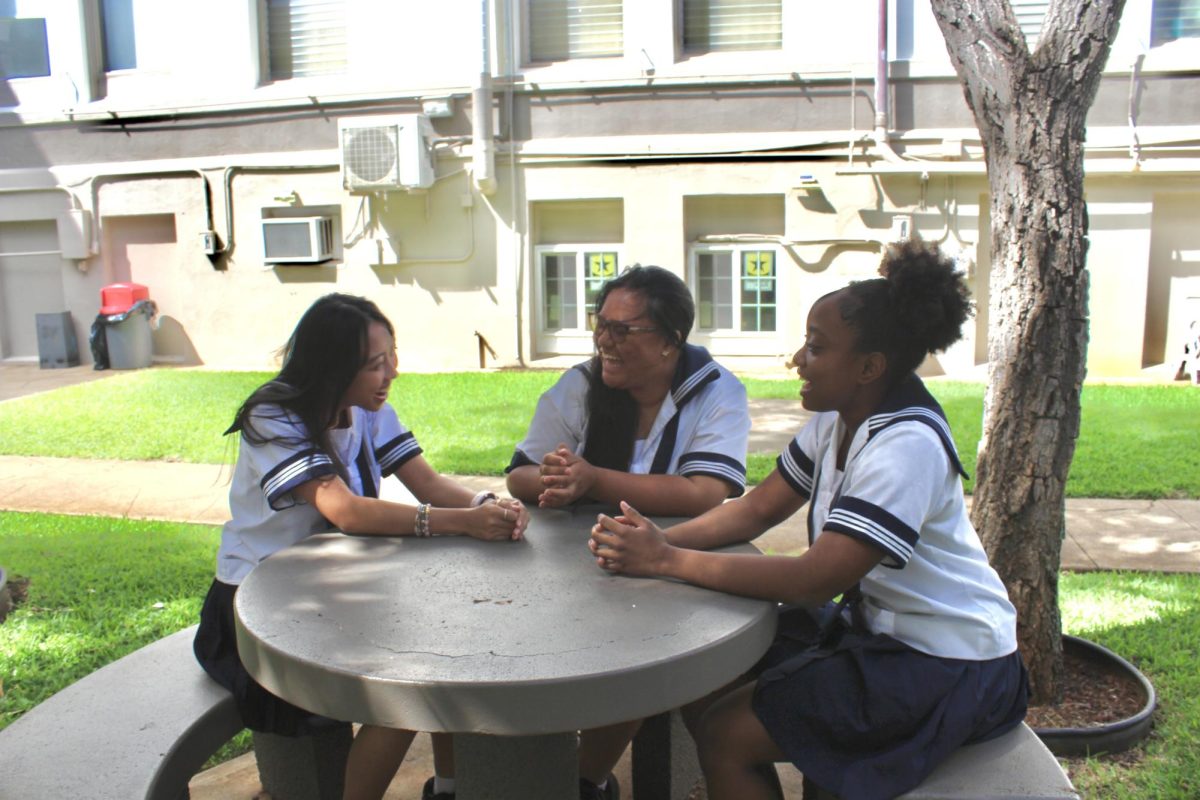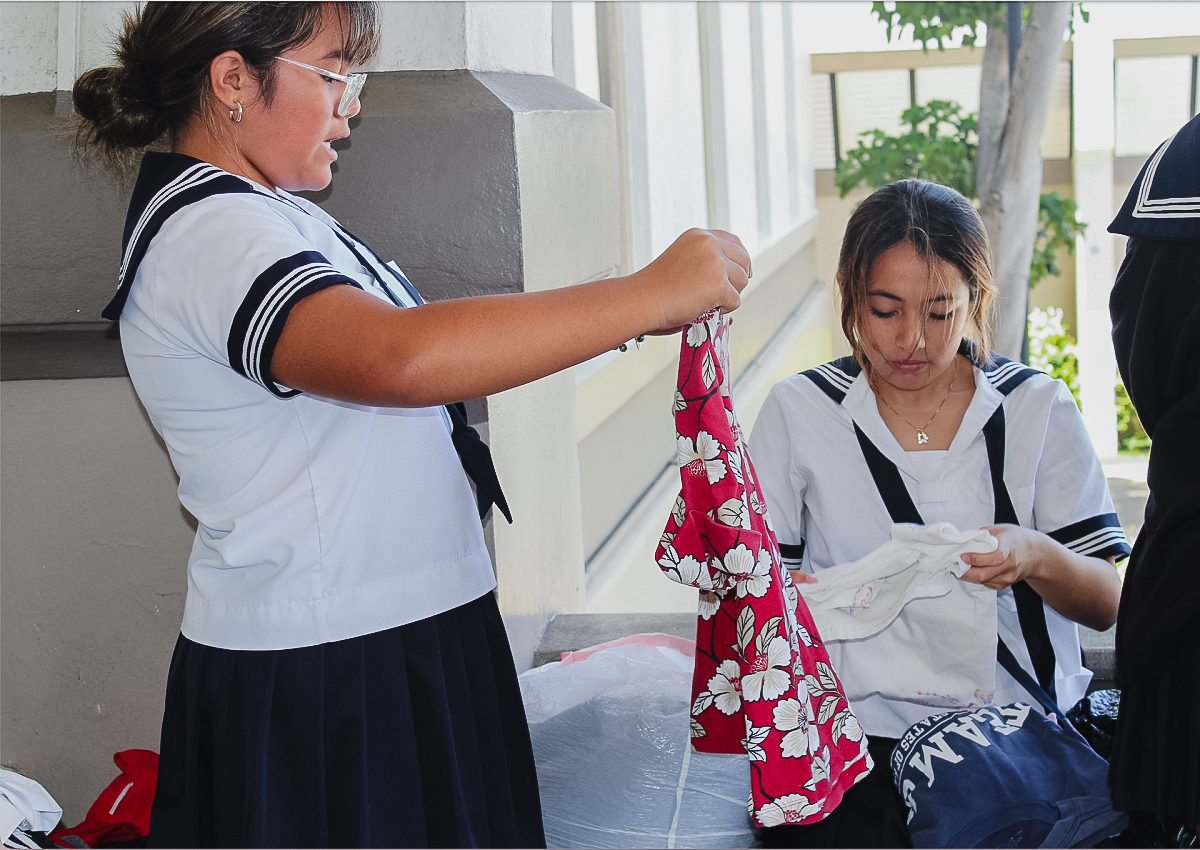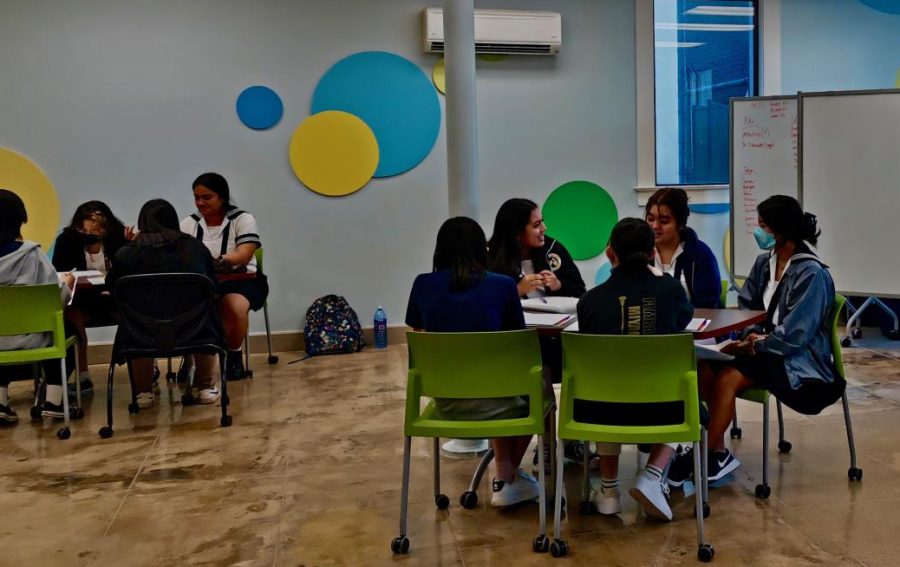Overwhelmed by the stress of college applications and deadlines, Sacred Hearts Academy senior Malaika Ssebayiteko found herself crying in a bathroom stall at work; instead of wiping away her tears, she decided to use her phone to capture the moment.
“I posted a picture of me crying…on my Close Friends (list) because I was having college stress,” Ssebayiteko said, referring to Instagram’s feature in which a select group of followers can view certain content. Several of her followers reached out to see if she was okay.
Posting emotional content on social media has become a growing trend and phenomenon called sadfishing. Unknowingly, Ssebayiteko became part of that trend.
“I knew that people posted themselves crying on social media,” she said. “But I didn’t know what sadfishing was.”
Sadfishing is “a tendency of social media users to publish exaggerations of their emotional state to generate sympathy,” according to a 2021 research paper published in the Journal of American College Health.
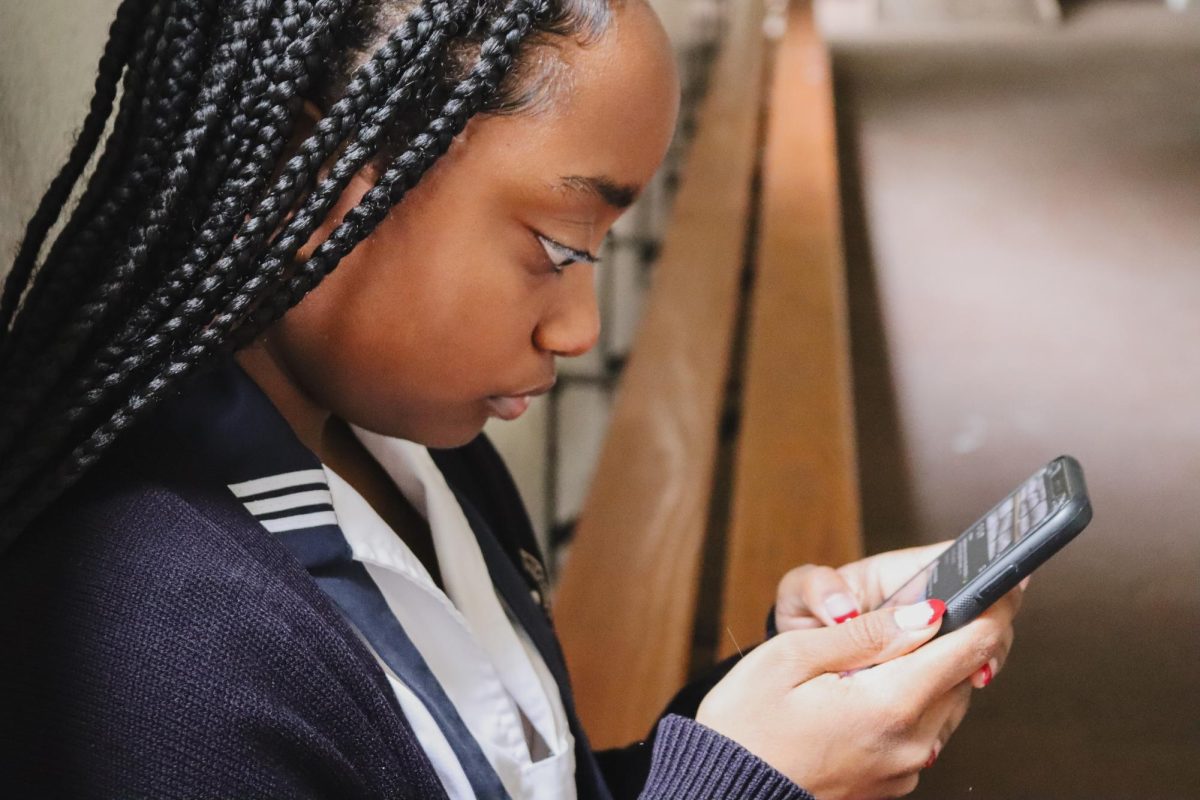
“I just wanted to be relatable because college stress is real,” Ssebayiteko said.
Ssebayiteko applied to nine colleges on both the east and west coasts, including Howard University, Syracuse University, Loyola Marymount University and DePaul University.
With the intent to major in acting, the senior said that there was added pressure surrounding her applications. The major required applicants to submit monologues by early December. The stress increased when she realized a letter of recommendation did not go through yet.
Ssebayiteko received responses from three people on her Close Friends list.
“My close friends just asked me if I was okay and what was wrong,” Ssebayiteko said. “I just explained the situation to them, and it felt like a weight lifted off of my shoulders. It took away the stress I felt.”
Reasons for sadfishing
Licensed social worker and private therapist Margaret Cadiz shares five reasons why an individual might sadfish.
“(Someone might sadfish) to get sympathy, seek attention (and) sometimes it is even to sensationalize their story,” she said. “(Or) they might want a connection with someone else that has possibly gone through the same thing.”
Ssebayiteko agrees. For her, she posted herself crying because she wanted friends to understand the stress put on high school seniors.
“Youth may feel they have nowhere to turn and reach out through social media because it is an easy way,” Cadiz said. “There are so many different reasons why this would comfort someone because they would get an immediate reaction. It’s so easy to say things without having anyone look at you.”
“I think sadfishing is an issue to a certain extent,” Ssebayiteko said. To her, there is a difference between posting to get attention and to make connections.
“If you’re sadfishing over something that is relatable, like about college or school, it’s not as much (about seeking) attention but (rather) trying to find people who can relate to the situation,” Ssebayiteko said.
Seeking validation
A recent study on sadfishing states that “emotional posts are often shared online during or shortly after an emotional experience with the intent of evoking supportive feedback from others.” The study also found that boys reported “higher sadfishing tendencies than girls at age 12; however, sadfishing declined at a higher rate than in girls with age.” A total of 345 Iranian adolescent social media users participated in the study.
There are so many different reasons why (sadfishing) would comfort someone…It’s so easy to say things without having anyone look at you. — Margaret Cadiz, Therapist
Petrofes and her colleague came to the conclusion that people who strive for validation and a connection with others are more likely to sadfish in order to accumulate the support and attention they feel they don’t receive regularly.
Diving into the term
The term sadfishing was first coined by journalist Rebecca Reid when celebrity Kendall Jenner received backlash, after speaking out about her battle with acne in 2019. Her mother Kris Jenner posted on Instagram, saying how proud she was of her daughter for sharing her most “raw story” of challenges with acne. Fans later discovered that Kendall Jenner’s post was part of a campaign for her collaboration with the skincare brand Proactiv.
Once the campaign launched, fans were enraged. They said it was “a pathetic cry for attention.” Another fan mentioned how they were sure Kendall Jenner was not using Proactiv, as she had been receiving expensive and personalized skincare regimens from a young age. People found this collaboration to be self-serving, resulting in the majority of followers not sympathizing with the model.
With the help of social media, researcher Petrofes says, people are able to receive support and attention through immediate responses.
Finding a support system
Similar to Ssebayiteko’s approach of posting a picture to her Close Friends list, Academy junior Alyssa Giang has come across more private instances of sadfishing.
“I’ve seen people post themselves crying and saying what they’re going through,” Giang said. But from what she has seen, they were more private and weren’t posted for all their followers to see.
When coming across posts where someone is sadfishing, Giang sympathizes and understands they are likely going through a difficult time. She will then comment on the person’s story to let them know she is there if they need to talk.
Mid-Pacific Institute freshman Pono Wong also finds himself providing support as a response to sadfishing posts.
“It’s harder on the internet if it’s someone you don’t know,” he said. “But the best possible way is to reach out to them and give your support.”
Receiving support from friends is just as important as getting support from your family, Wong said. Ssebayiteko said that she finds the most support in her family.
“I was able to talk to my family, as they are my biggest support system,” Ssebayiteko said. “At times, when I was stressed and unsure, they just told me that everything was going to work out in the end.”
While Ssebayiteko was able to find comfort in her family, not all teens feel they can go to their loved ones for support.
“Local kids come from families where they can’t have a heavy discussion about what they’re feeling, which is when they reach out to the media. They feel they’ll get an answer,” Cadiz said.
Finding resources
Newport Academy, an American mental health treatment program, has become a resource for youth needing support. Experts from the program say that parents can reach out to their children to initiate heartfelt conversation and practice active listening in order to create “a solid, long-lasting foundation that teens can fall back on during difficult times.”
TeenLink Hawaii (TLH) is another resource. It is a “youth empowerment, outreach and education program,” according to its website, that focuses on mental health, school and college and relationships. It also provides hotlines, like the 988 Suicide and Crisis Lifeline.
With the resources, therapist Cadiz does not see sadfishing going away.
“Unfortunately, I see the trend of sadfishing only getting worse, unless our world starts making it a priority to get more funds to help these people in need,” she said.
